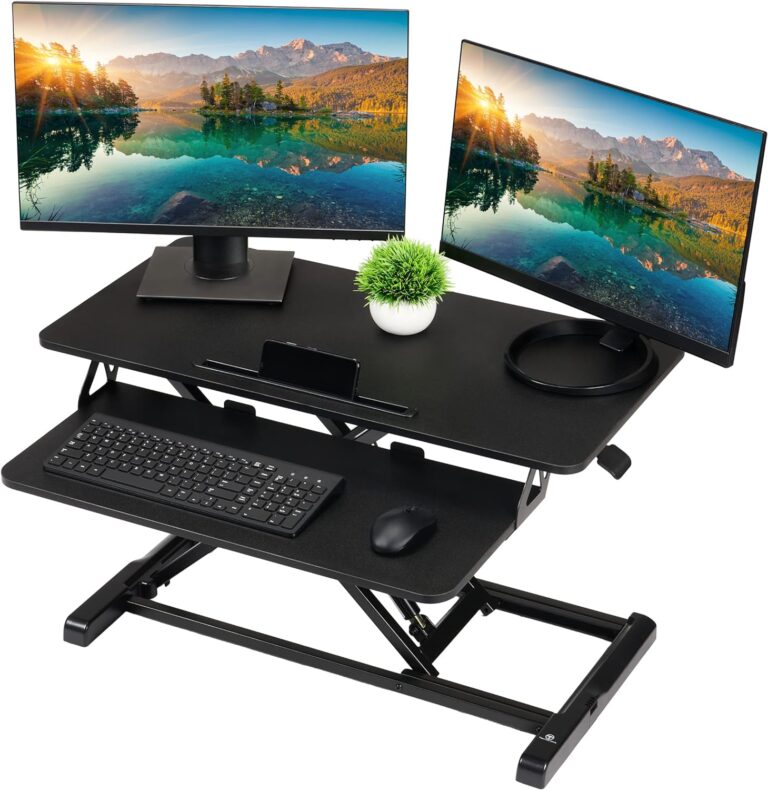As the population ages, the demand for senior furniture that promotes health and comfort has increased. Wellness-centric designs have become a popular trend in the furniture industry, with manufacturers recognizing the importance of creating furniture that meets the unique needs of seniors. These designs aim to enhance the physical and emotional well-being of seniors, providing them with a comfortable and safe living environment.

Wellness-centric designs incorporate various features that address the specific health concerns of seniors. For instance, furniture with adjustable heights and easy-to-reach controls can help seniors with mobility issues. Additionally, furniture with ergonomic designs and ample lumbar support can help alleviate back pain, which is a common problem among seniors. Furthermore, furniture with antimicrobial properties can help prevent the spread of germs and bacteria, reducing the risk of infections in senior living facilities.
In this article, we will explore the concept of wellness-centric designs and how they are transforming the senior furniture industry. We will discuss the various features that make these designs unique, and how they can benefit seniors in terms of health and comfort. We will also look at some of the most popular wellness-centric designs available in the market today and how they are being incorporated into senior living facilities.
Fundamentals of Wellness-Centric Design

Designing furniture for seniors requires a different approach than designing for other age groups. The furniture must promote health, comfort, and safety while also being aesthetically pleasing. Wellness-centric design is a concept that focuses on creating furniture that promotes the well-being of seniors. The following are some of the fundamentals of wellness-centric design.
Ergonomic Principles
Ergonomic principles are essential in designing furniture for seniors. The furniture must be designed to reduce the risk of injuries and promote comfort. The design should take into account the physical abilities of seniors, such as reduced mobility and strength. Ergonomic principles also include the proper height and size of the furniture, the placement of the armrests, and the angle of the backrest.
Materials for Comfort and Safety
The materials used in designing senior furniture must be comfortable and safe. The furniture should be made of materials that are easy to clean and maintain. The materials should also be hypoallergenic, non-toxic, and fire-resistant. The use of natural materials such as wood and cotton is also recommended.
Inclusive Design Strategies
Inclusive design strategies involve designing furniture that is accessible and usable by all seniors, regardless of their physical abilities. The furniture should be designed to accommodate seniors with disabilities and mobility issues. Inclusive design strategies also include the use of contrasting colors and textures to aid seniors with visual impairments.
In conclusion, wellness-centric design is an essential concept in designing furniture for seniors. The furniture must promote health, comfort, and safety while also being aesthetically pleasing. Ergonomic principles, materials for comfort and safety, and inclusive design strategies are some of the fundamentals of wellness-centric design. By following these principles, designers can create furniture that promotes the well-being of seniors.
Application in Senior Furniture

Wellness-centric designs are becoming increasingly popular in senior furniture as they provide comfort and support for the elderly. These designs are aimed at creating a safe and comfortable environment for seniors, which in turn promotes their overall health and wellbeing. Here are some of the ways in which wellness-centric designs are being applied in senior furniture.
Adjustable Features for Personalized Comfort
Adjustable features are an essential aspect of wellness-centric designs in senior furniture. These features allow seniors to personalize their furniture to their specific needs, ensuring maximum comfort and support. Examples of adjustable features include adjustable heights, reclining backs, and footrests. Chairs with these features are especially popular as they provide seniors with a comfortable and supportive place to sit and relax.
Durable and Easy-to-Clean Surfaces
Wellness-centric designs in senior furniture also focus on the durability and ease of maintenance of the furniture. This is particularly important in senior living environments where furniture is subjected to frequent use and may be exposed to spills and stains. Furniture with durable and easy-to-clean surfaces, such as leather or vinyl, are preferred in these environments as they are easy to wipe clean and maintain.
Innovations in Mobility Support
Mobility support is another area where wellness-centric designs are making a significant impact in senior furniture. Innovations in mobility support include features such as lift chairs, which assist seniors in standing up and sitting down, and furniture with built-in grab bars for added support. These features are particularly important for seniors with mobility issues, as they provide them with the support they need to move around safely and comfortably.
Overall, wellness-centric designs in senior furniture are focused on providing comfort, support, and safety for seniors. By incorporating adjustable features, durable and easy-to-clean surfaces, and innovations in mobility support, these designs are helping to promote the health and wellbeing of the elderly in senior living environments.






